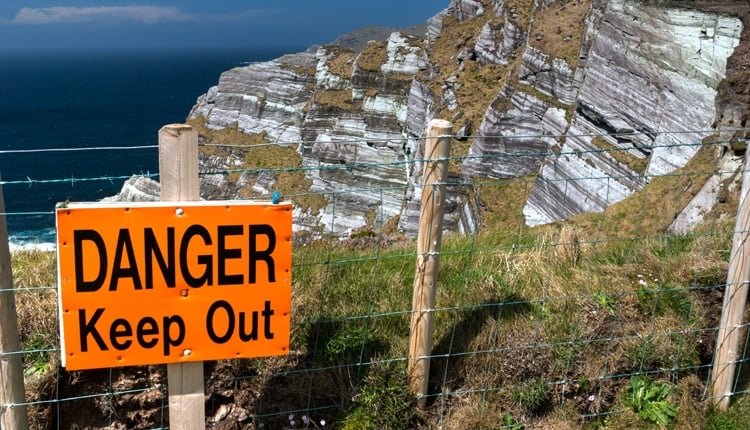
When it comes to sites containing explosive atmospheres, health and safety managers have additional concerns when looking after the health and safety of their staff and contractors. Whole sites or areas of a site need to be restricted and processes put in place to make everyone aware when they are about to enter a zone 1/21 or 2/22 environment and are not permitted to use non ATEX equipment such as your typical mobile telephony equipment such as Radios, mobile phones, PDA’s or lone worker devices.
An ATEX environment though doesn’t always cover an entire site and it could be that there are just some restricted areas with different levels of access to contend with. Safety inductions are often provided and signposts are of course a great way to alert people, and to request that they leave their mobile telephony devices outside of the area. However, if someone is entering the area alone, leaving all forms of mobile communication outside is hardly ideal or safe, as how would they raise an alarm if they then have an accident or were rendered unconscious?
Finding the right device for the right ATEX rating
Many companies provide Intrinsically safe (ATEX approved) handsets to staff and contractors. This in itself would solve the problem, however, intrinsically safe devices do come at a premium and therefore, aren’t given to everyone who needs one, which doesn’t entirely solve the problem.
Some companies may restrict access to the ATEX area or insist staff fill in work order forms before work commences to ensure staff have the right kit. However, both methods tend to reduce efficiency and decrease productivity which again isn’t a great solution.
Alternatively, many companies have lockers located outside the ATEX area where users can leave their standard telephony device and pick up an ATEX equivalent.
In addition, what businesses could do is to set up the functionality to have messages sent to users' handsets advising them they are about to enter an ATEX zone. Placing beacons and setting up 'hotspots' around the site can help to detect workers when they walk past and send them a message asking whether they have an ATEX mobile lone worker device, with the need for the individual to press a button to confirm that is the case.
Having the right infrastructure
It is important that businesses bear in mind that with regular updates from the HSE in terms of the health and safety of workers and the growing wave of the Internet of Things, they need to review their current communication systems to ensure that they have the right level of infrastructure in place.
It's vital though that businesses remember that whether they have new infrastructure on site or they are working with one that is 10-20 years old, new technology can always be integrated with existing technology.
To find out more about ANT Telecom's hotspots for ATEX environments and its intrinsically safe devices, contact us on 01494 833123 or info@anttele.com.



